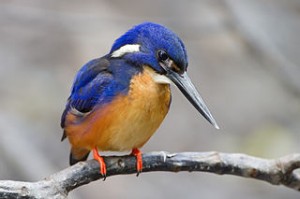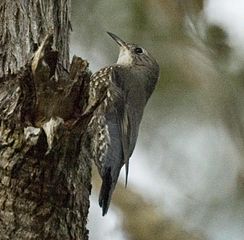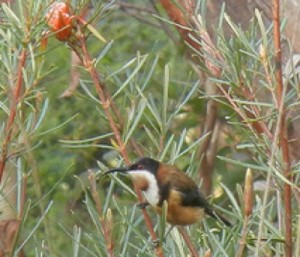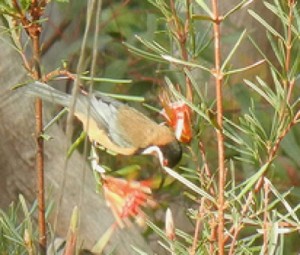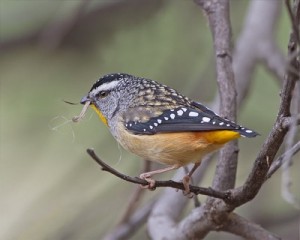Since there are still vacancies for January 2013, we thought we would gather a “what’s on” for guests planning a school holiday visit.
Mount Tomah – Quirky Nature Quest (Jan-Feb) 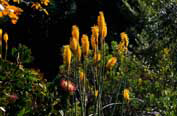
Until the end of February, the wonderful Mount Tomah Botanic Gardens is a summer “adventure into nature” – and maps with clue sheets are just $3.50 each, making this a wonderfully affordable day out. http://www.bluemts.com.au/tourist/whatson/?evID=3967
 Leura Shakespeare Festival (Jan 5-20)
Leura Shakespeare Festival (Jan 5-20)
The hard-working performers from the Sport for Jove Theatre and the National are putting on two performances Saturdays and Sundays, drawn from Twelfth Night and a double bill of the Comedy of Errors and The Tempest. Running from January 5 to January 20. http://www.sportforjove.com.au/
Holiday Art School (Jan 7-11)
The Blue Mountains Cultural Centre is running a one-week art school suitable for children between the ages of 5 and 10, at the centre in Parkes Street Katoomba. It’s $45 per day or $200 for the week. http://www.bluemts.com.au/tourist/whatson/?evID=3976
Crop and Swap (Various dates) 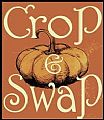
If you’re a grower or a maker, check out the Faulconbridge Crop and Swap markets on Saturday January 12, February 9, March 9 or April 13. Don’t bring money with you – bring something to swap! http://www.bluemts.com.au/tourist/whatson/?evID=335
 Lady Luck Festival (Jan 18-19)
Lady Luck Festival (Jan 18-19)
For two days only – January 18 and 19 (Friday and Saturday) – Carrington Place at Katoomba will come alive with the feel of the 1950s. The burlesque workshop might not be for the kids, but Saturday’s outdoor event will feature hot rods, vintage cars, market stalls and more. http://www.bluemts.com.au/tourist/whatson/?evID=824
Australia Day: Annual Gnome Convention
Glenbrook Park comes alive each year with stalls, rides, and more garden gnomes than you can count! http://www.bluemts.com.au/tourist/whatson/?evID=669

